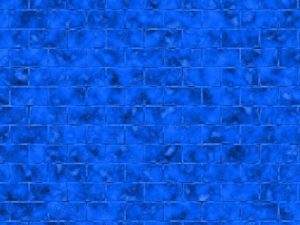The Influence of Colored OLED Stimulation on Heart Rate Variability
「第1回臨床自律神経機能Forum」抄録
■湯田恵美,小笠原宏樹,吉田豊, 早野順一郎 名古屋市立大学大学院医学研究科 医学・医療教育学分野
Background:In the contemporary life environments, our body is increasingly exposed to various sources of colored light, which may affect our physiological functions as non-image-forming effects. We examined the impacts of colored lights on the autonomic functions by the analysis of heart rate variability (HRV).
Methods:A lighting device consisting of four organic light-emitting diode (OLED) modules (55 × 55 mm2) with adjustable red-green-blue color was secured 24 cm above the eyes of subject lying supine in a light-shielded laboratory. Following a 15-min supine rest, electrocardiogram and respiration were measured continuously during 3-min darkness, 6-min colored OLED illumination, and 3-min darkness under paced breathing (15 breath/min). The measurements were repeated at a 45-min interval for red, green, and blue lights with melanopsin-stimulating photon flux density (MSPFD) of 0.00, 0.10, and 0.20 μmol/m2/s, respectively, in 12 healthy subjects (23 ± 2 years, two females). Additionally, the effects of blue lights with 0.20, 0.10, and 0.04 μmol/m2/s MSPFD were examined in four healthy subjects (25–39 years, two females). HRV was analyzed for low-frequency (LF, 0.04–0.15 Hz) and high-frequency (HF, 0.20–0.30 Hz) power and LF-to-HF ratio (LF/HF).
Results:Compared to darkness before lighting, HF power decreased (P < 0.001) and LF/HF increased (P = 0.024) during lighting on average of all color lights, whereas HF power showed a greater decrease with blue light than with red and green lights (P < 0.05 for both). The decrease in HF power lasted even during darkness after lighting (P < 0.001). HF power decreased with blue light with 0.20 μmol/m2/s MSPFD (P < 0.001) but not with that with 0.10 or 0.04 μmol/m2/s (P = 0.1 and 0.9, respectively).
Conclusions:Vagal cardiac modulation is suppressed by OLED blue light in healthy subjects most likely through melanopsin-dependent non-image-forming effect.




